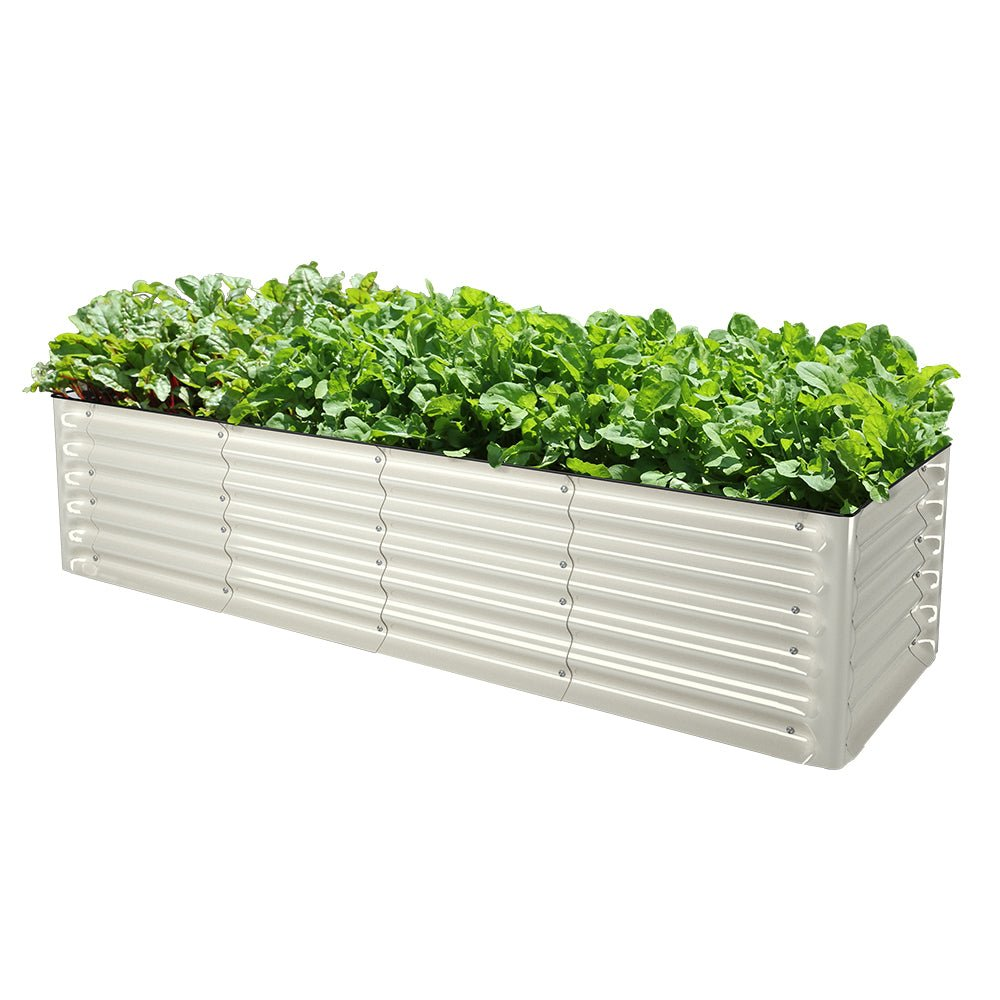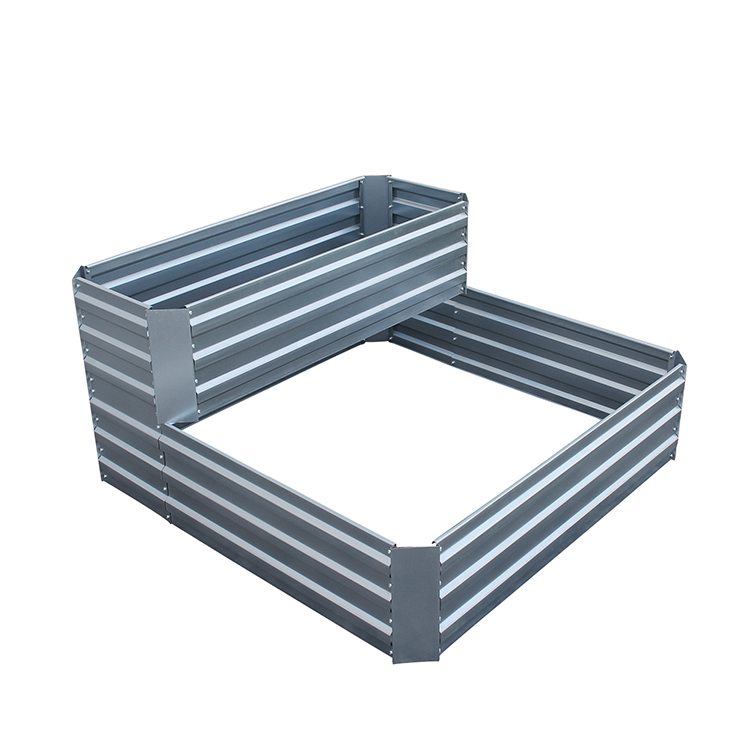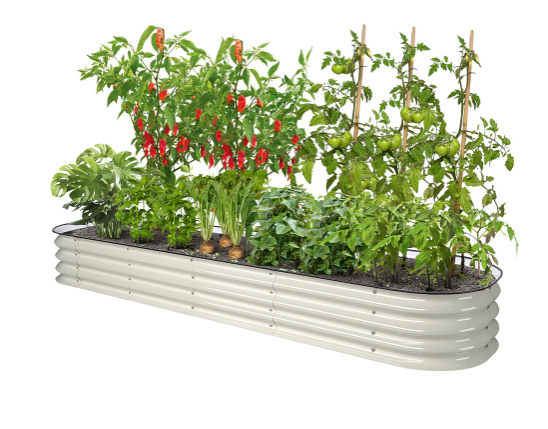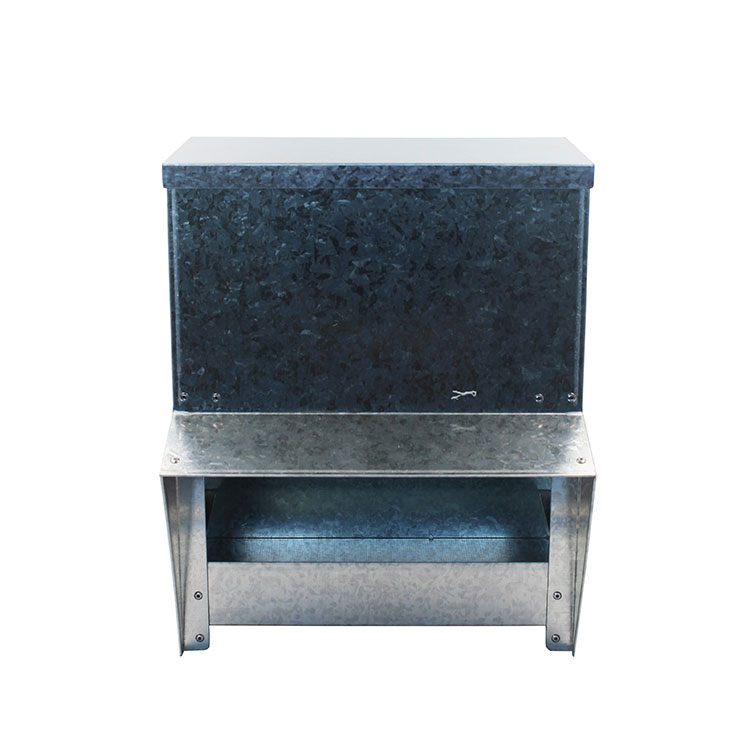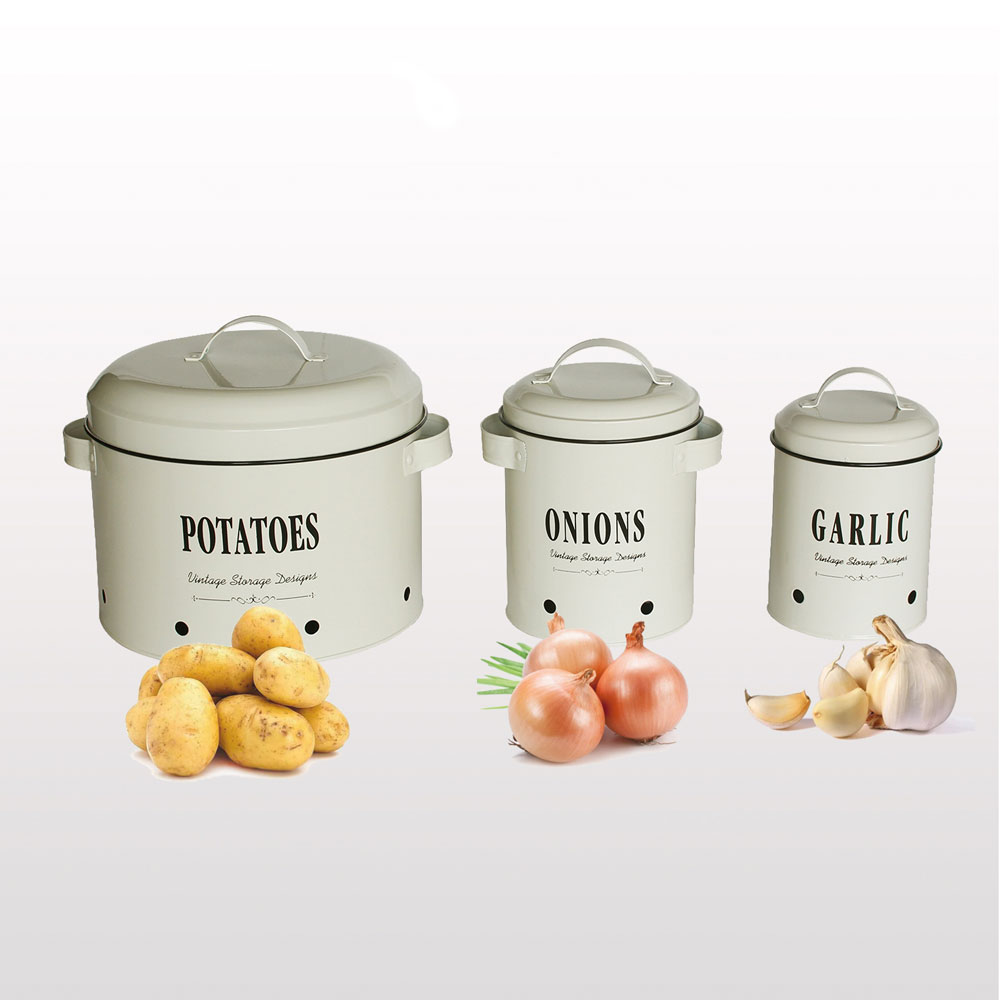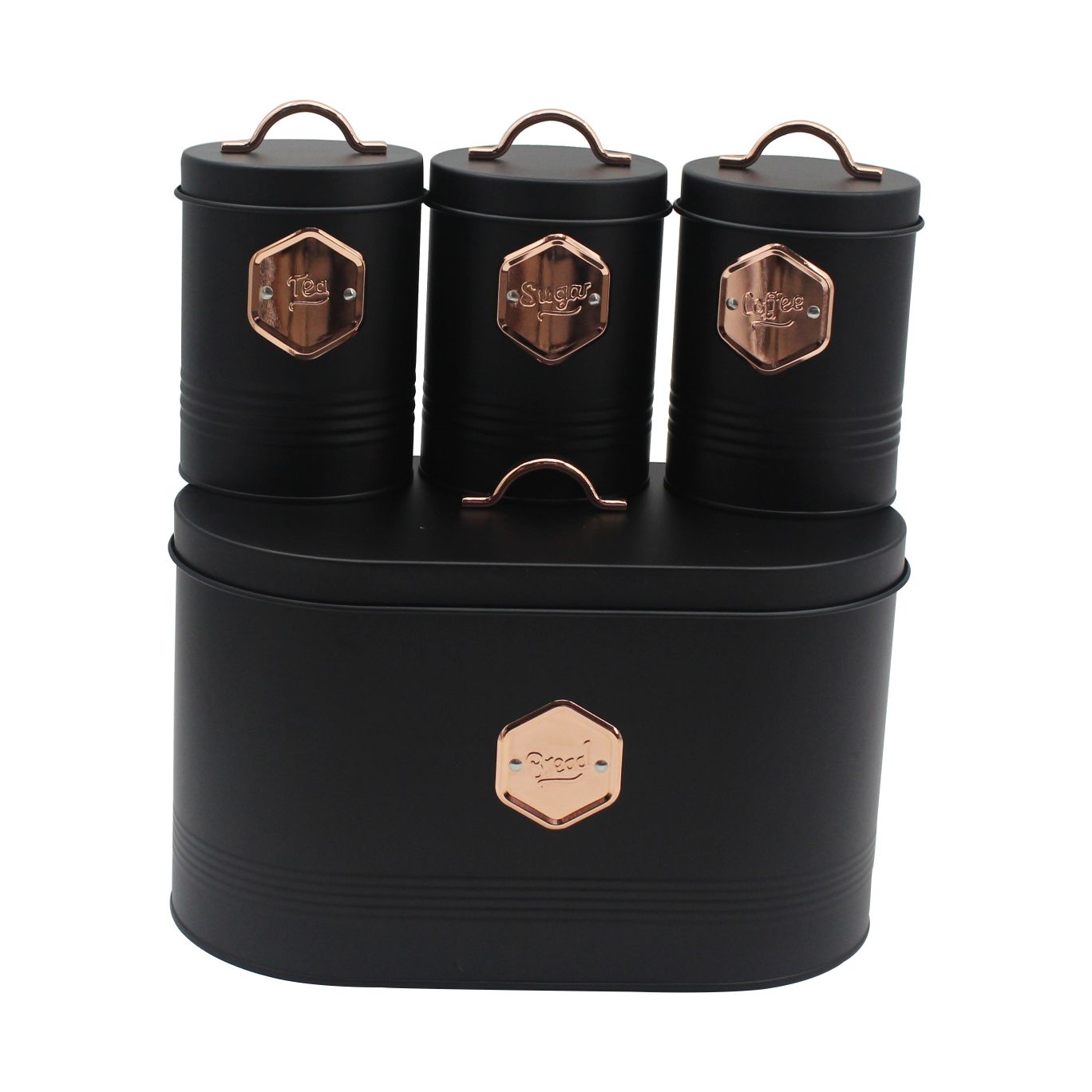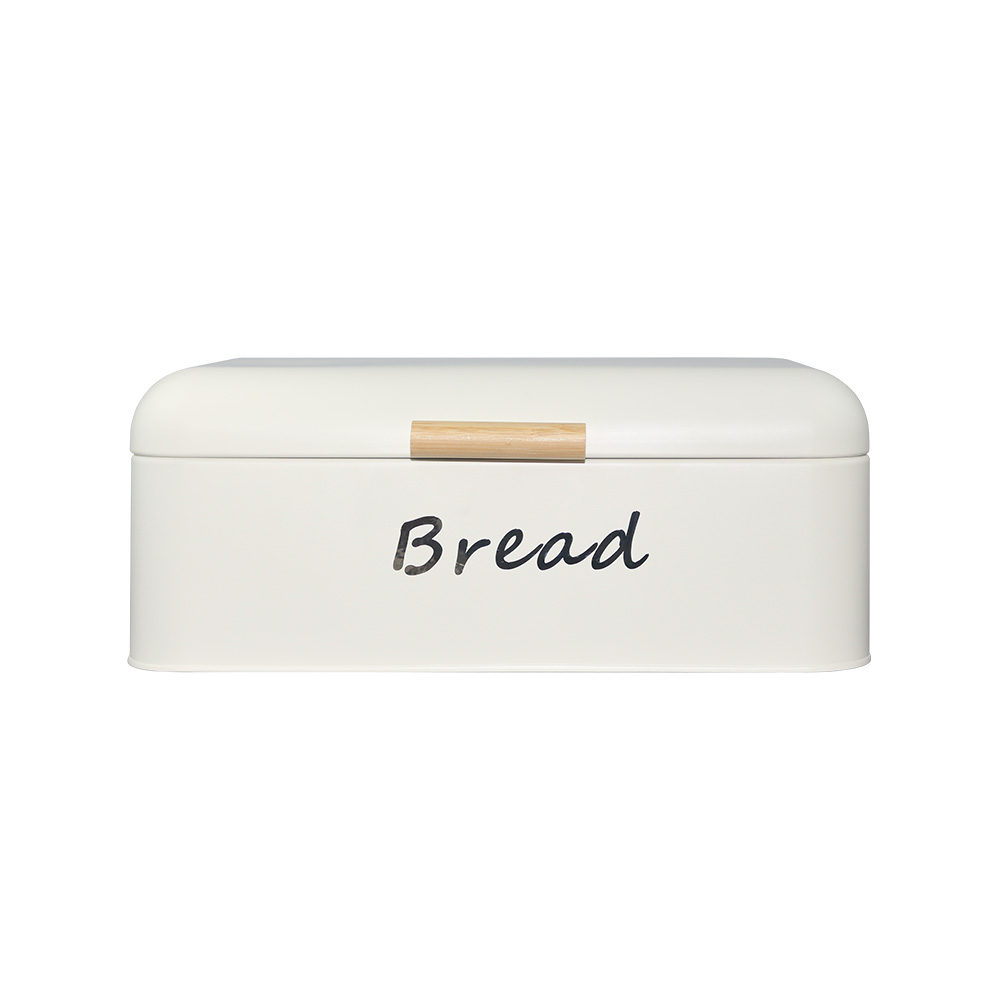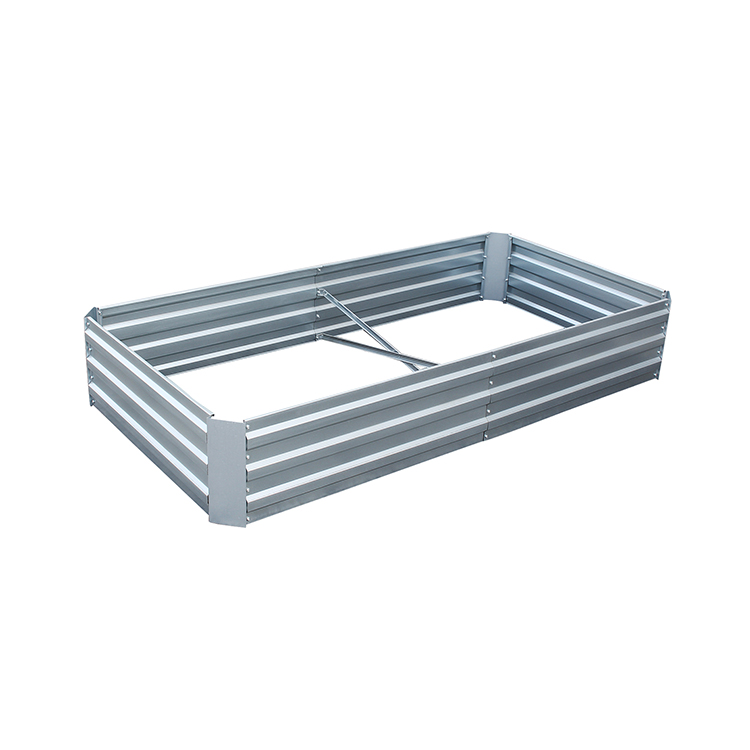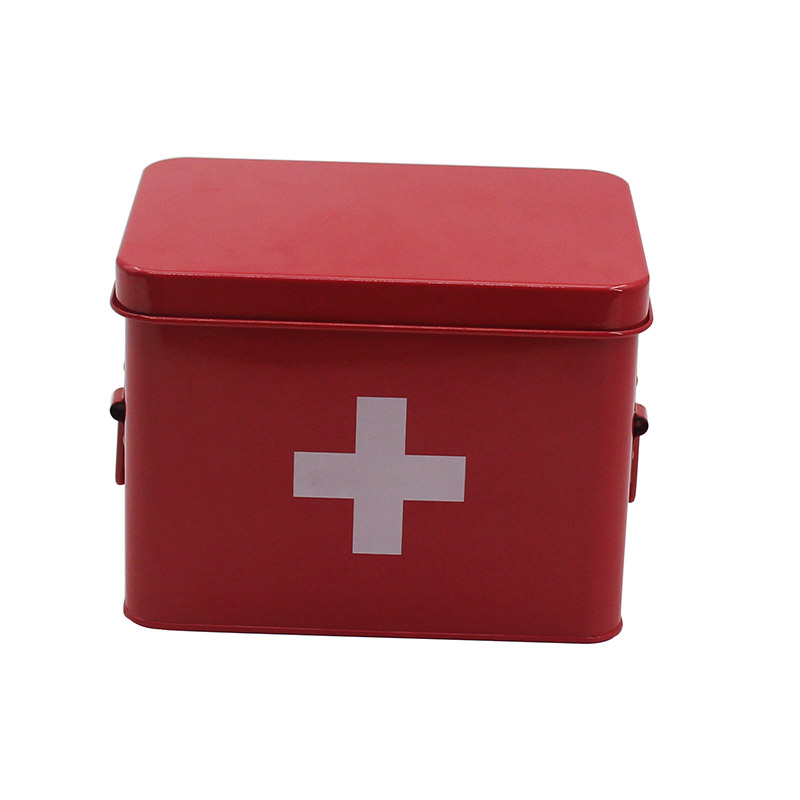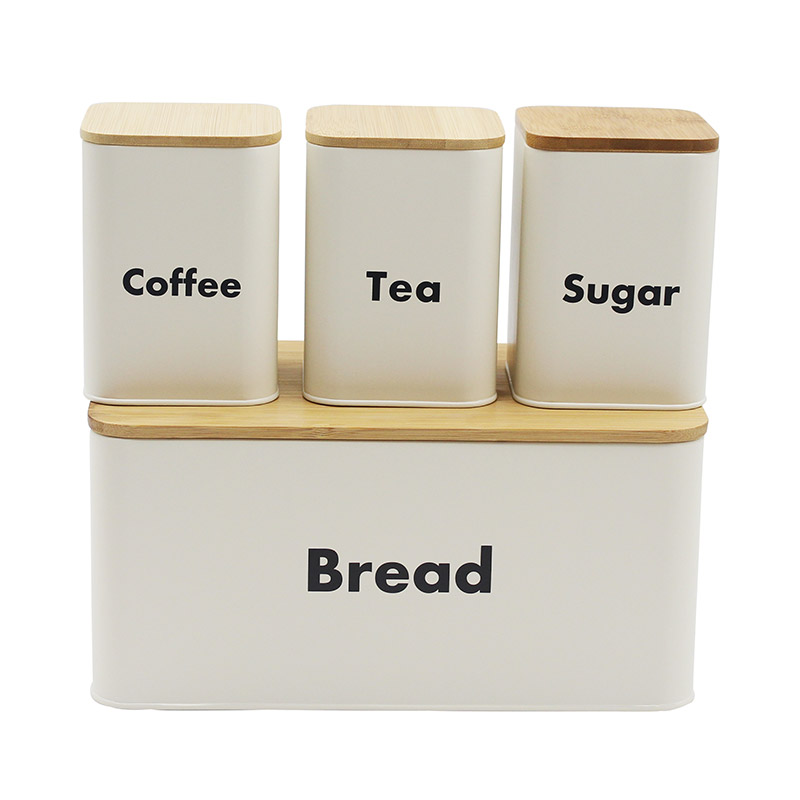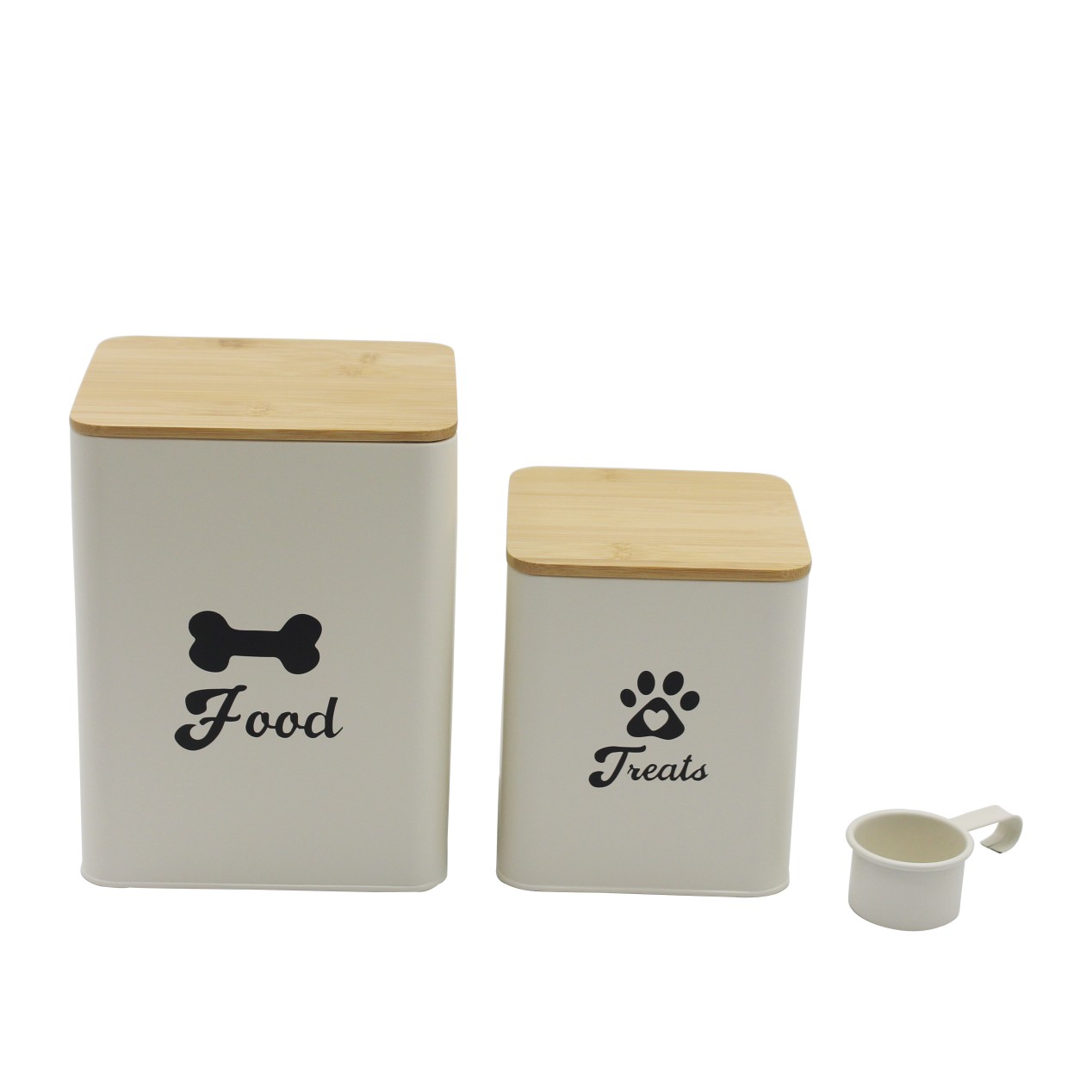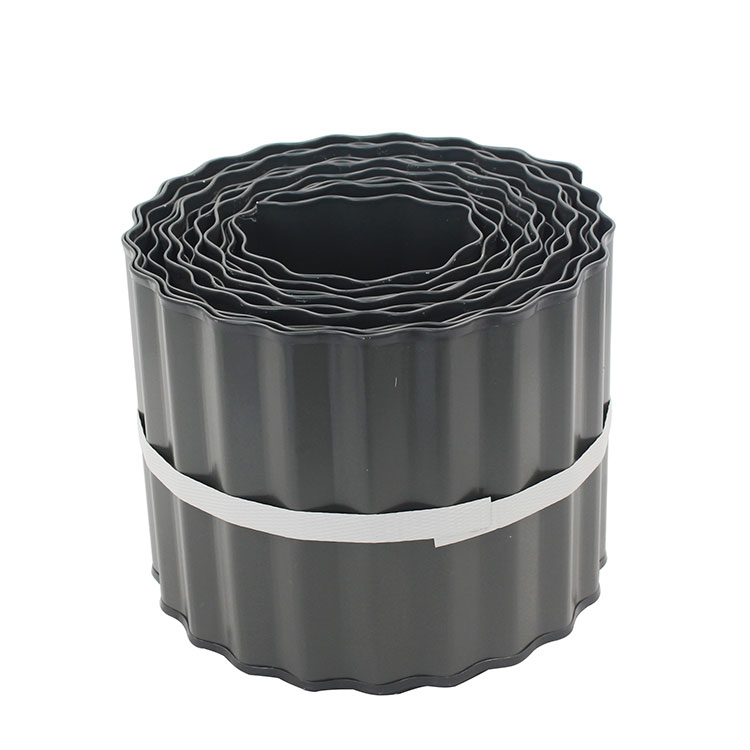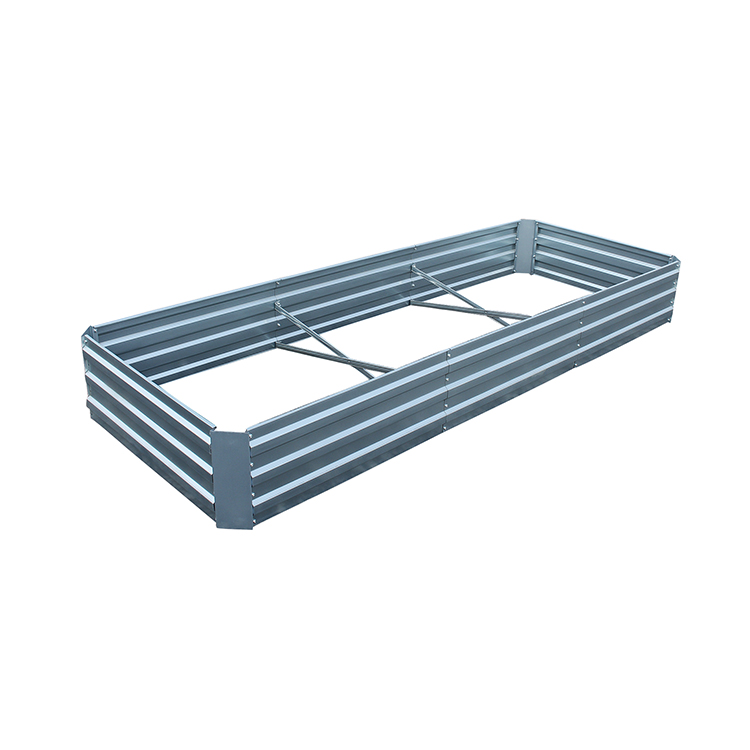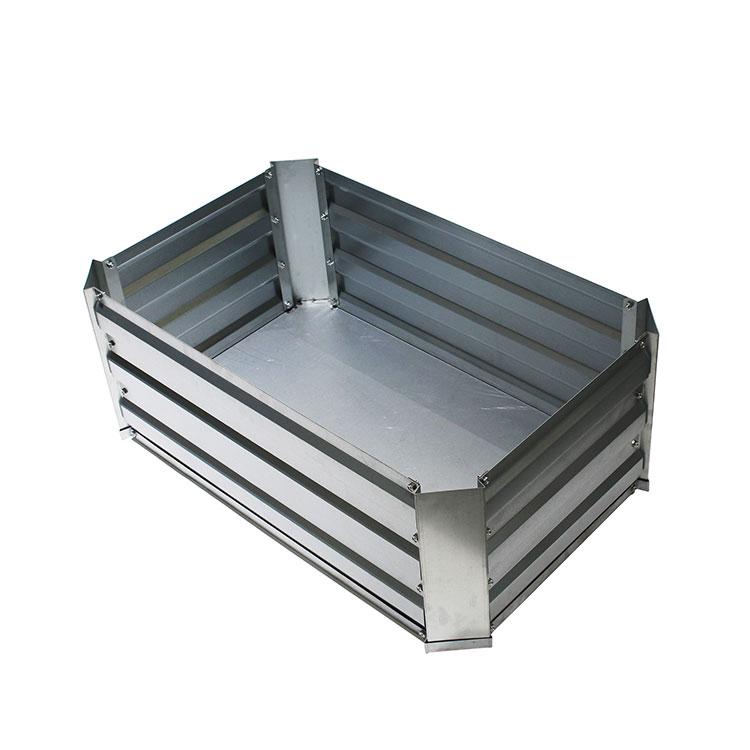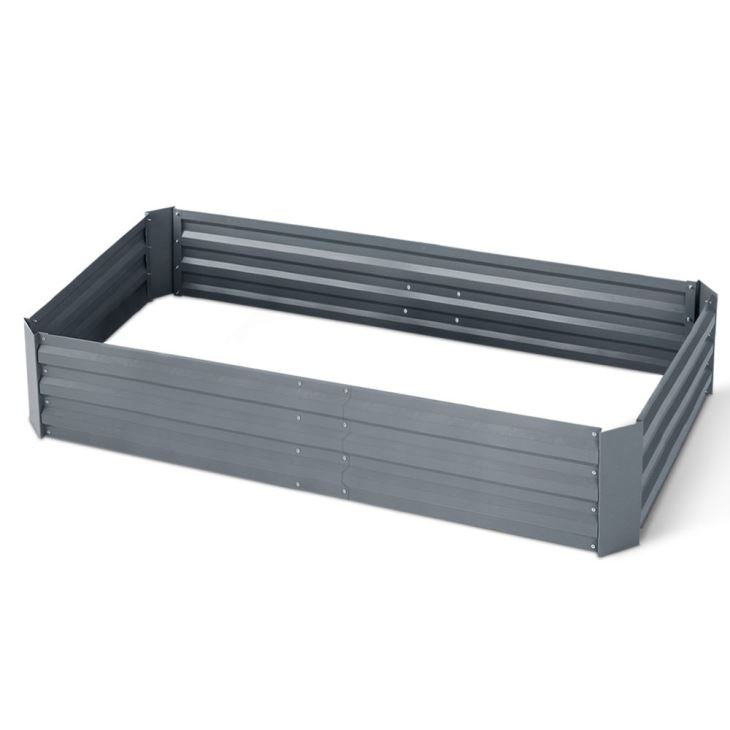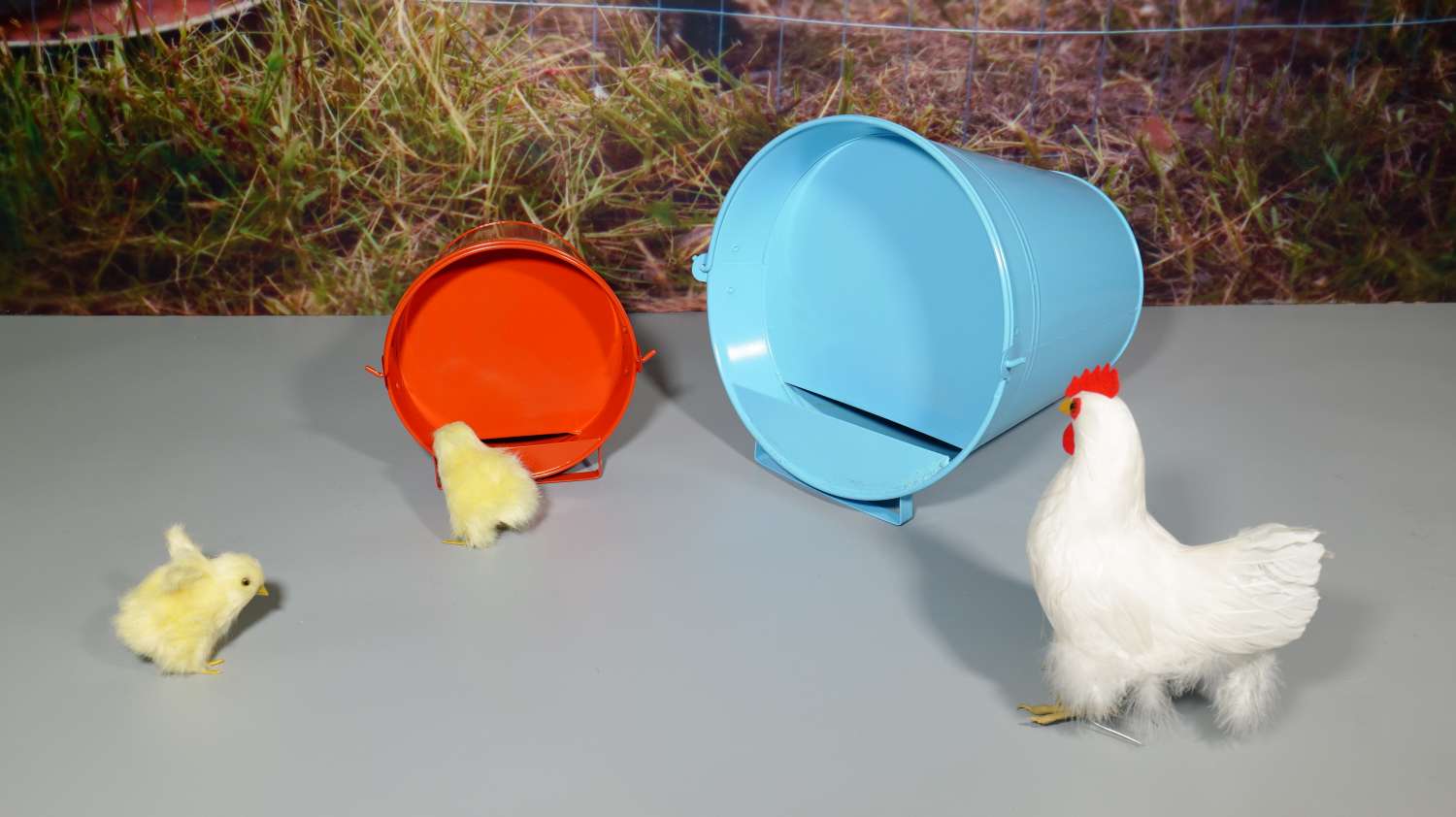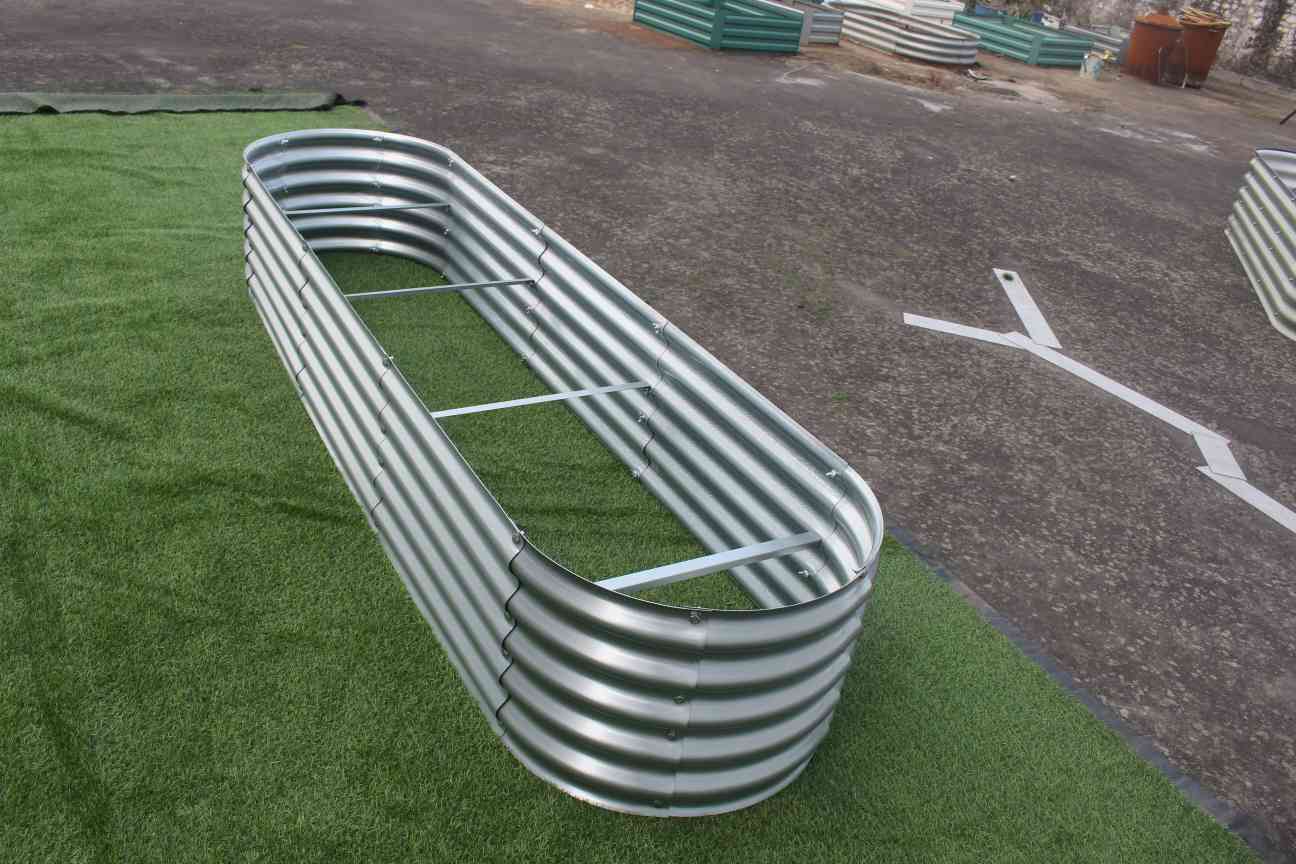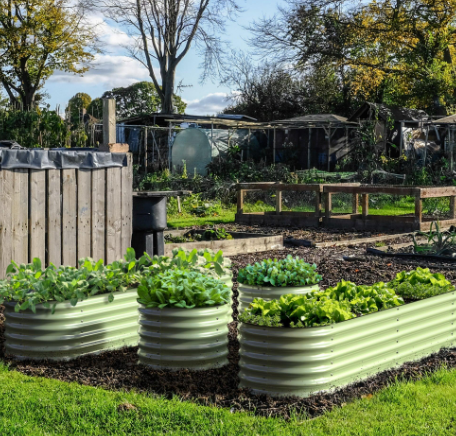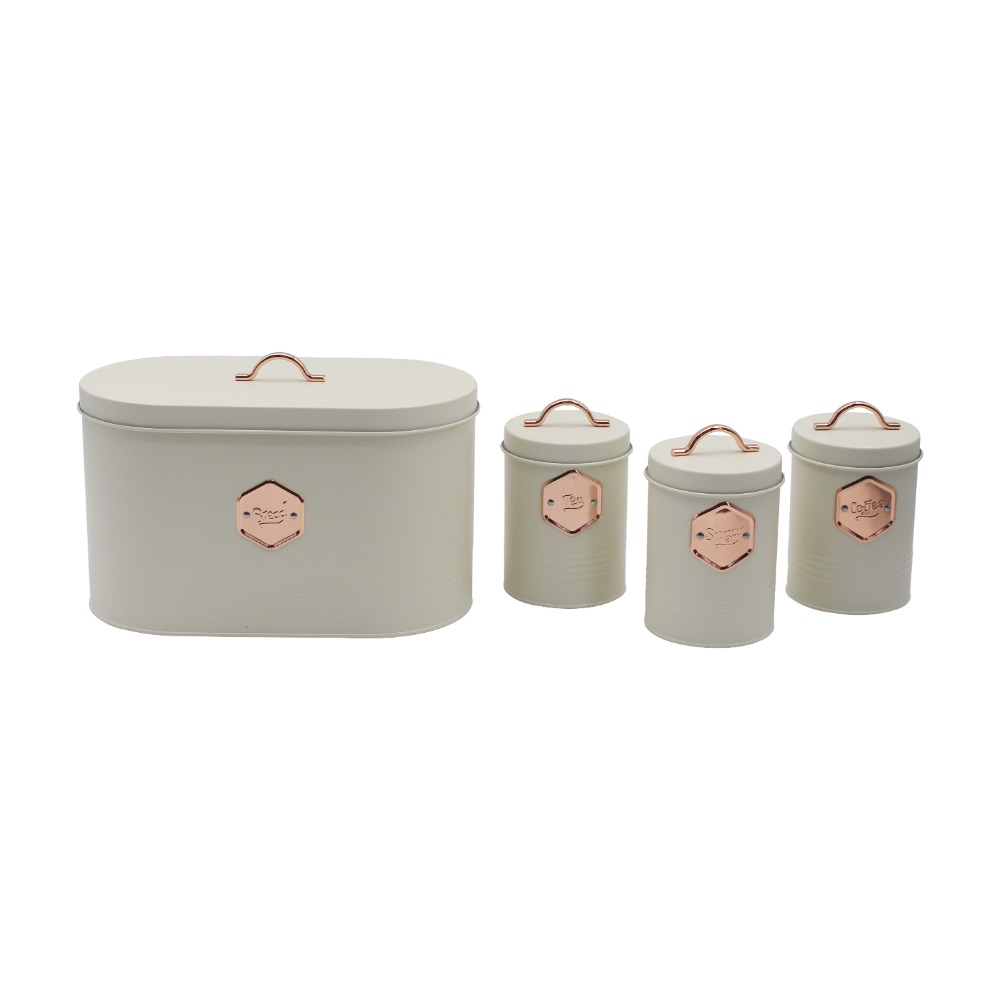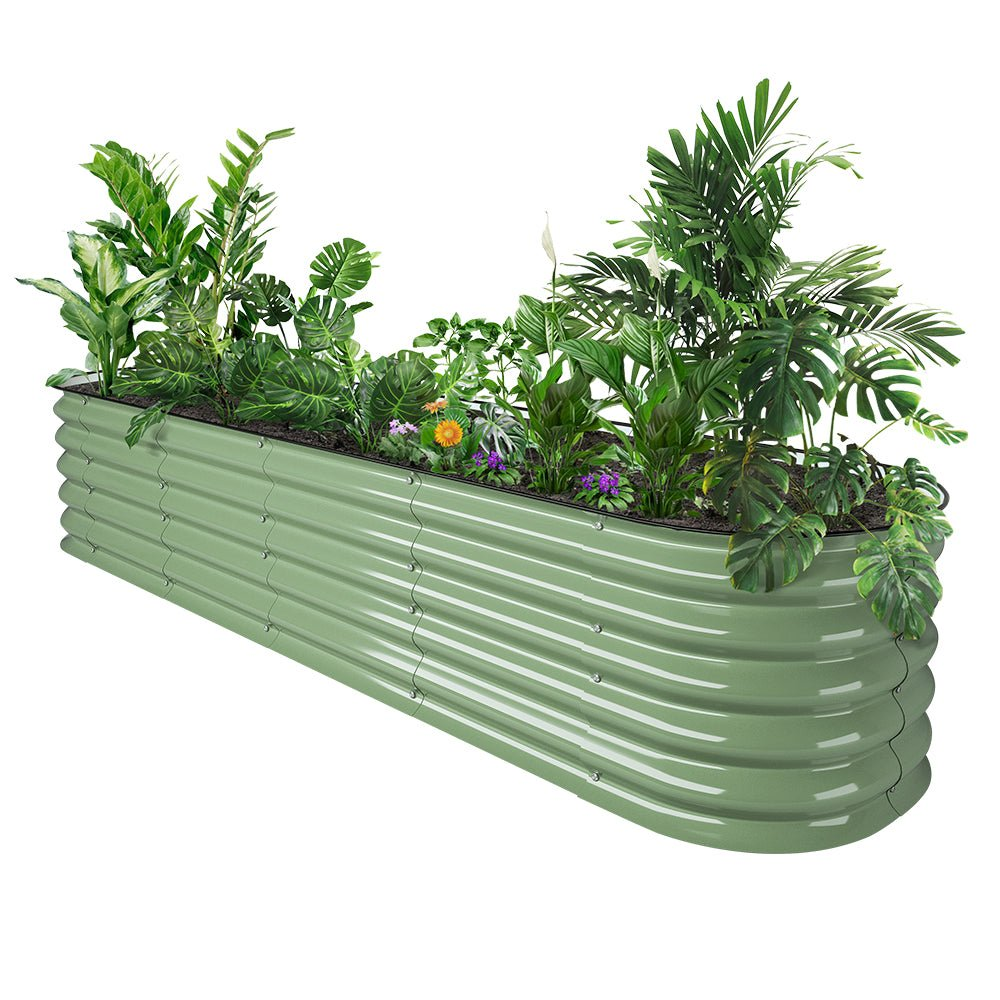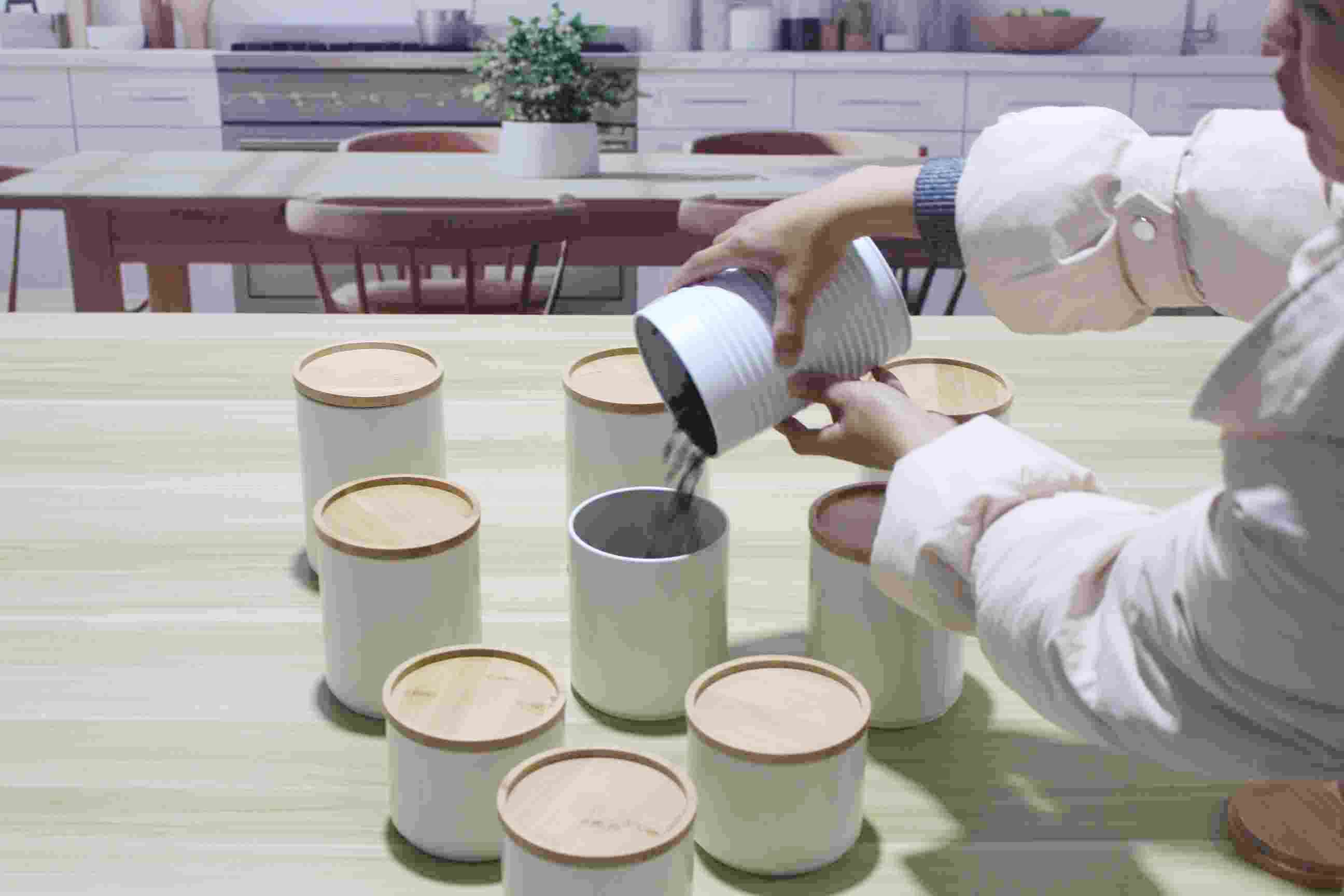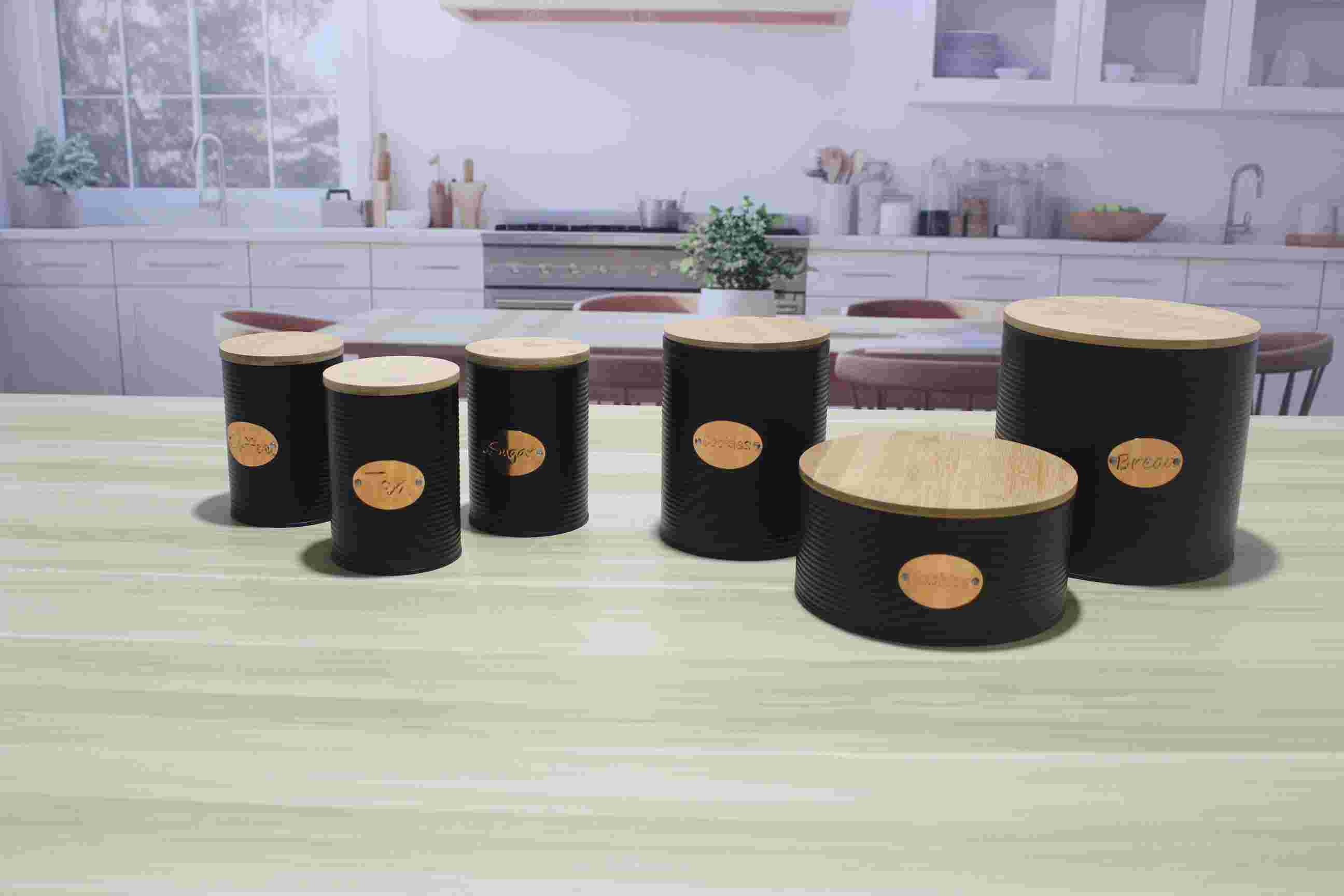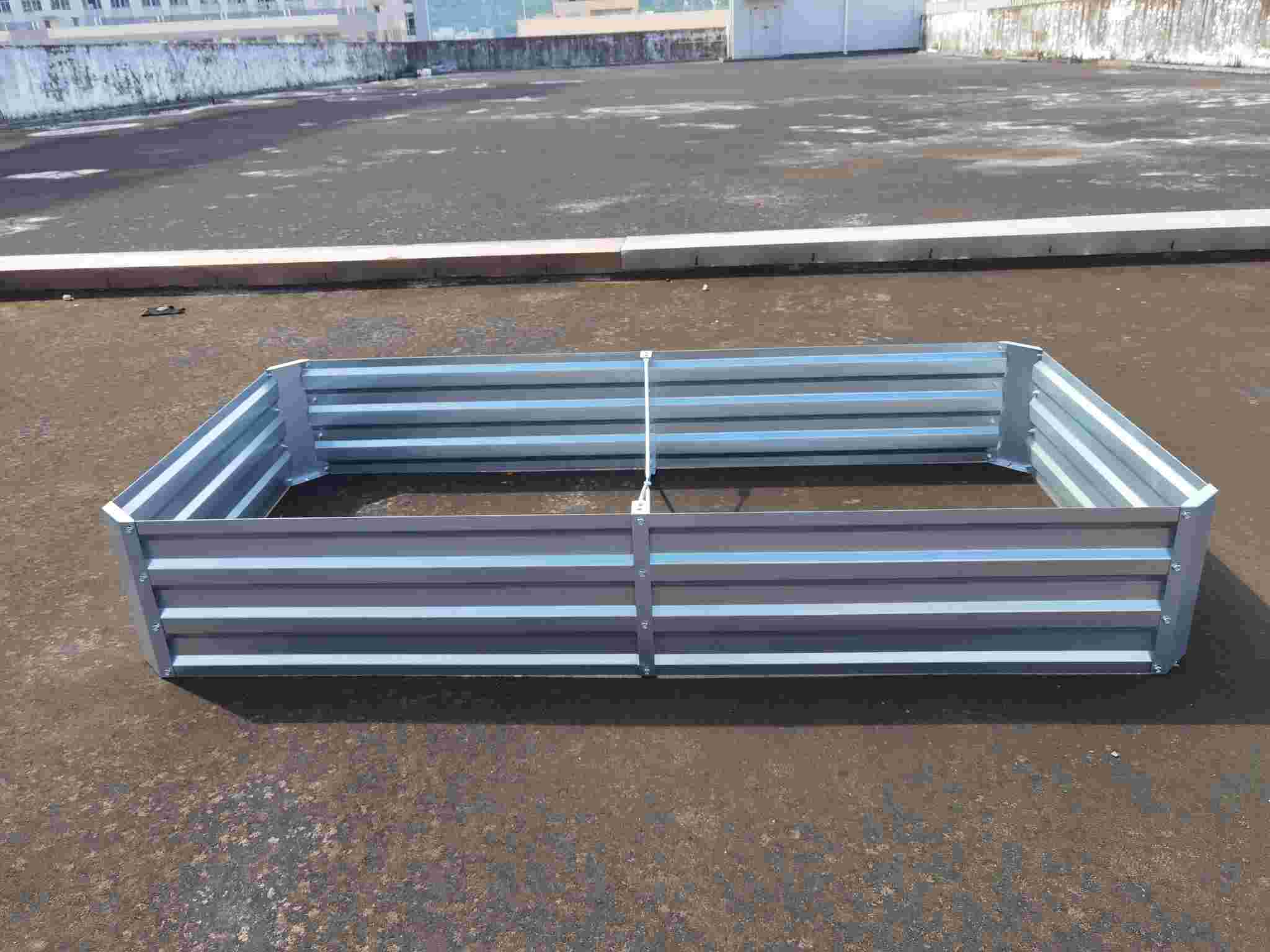The Ultimate Step-by-Step Guide to Setting Up and Maintaining a Raised Bed Garden
Date:2024-07-17
The Ultimate Step-by-Step Guide to Setting Up and Maintaining a Raised Bed Garden
Introduction
Raised bed gardening is a popular method for growing plants due to its versatility and control over growing conditions. It allows gardeners to manage soil quality, drainage, and even the microclimate within their garden. This guide will walk you through the process of setting up a raised bed garden from start to finish, ensuring a thriving and healthy garden.
Choosing Your Raised Bed Structure
Embarking on the journey of raised bed gardening begins with a crucial decision: selecting the structure that will serve as the backbone of your garden. The choice of material can significantly impact the garden's aesthetics, functionality, and longevity. Among the options—wood, metal, and plastic—each presents unique advantages that cater to different gardening preferences and needs.
Metal Raised Beds: The Modern and Durable Choice
Metal raised beds are rapidly gaining popularity, especially in urban and modern garden settings. They offer a sleek, contemporary look that can complement a variety of outdoor decor styles. More importantly, metal provides unmatched durability and strength, making it an excellent choice for long-term garden structures.
Advantages of Metal Raised Beds
1. Longevity: Metal beds are built to last, often outlasting their wooden counterparts. They resist rot, decay, and insect infestation, ensuring that your garden's framework remains sturdy for many growing seasons to come.
2. Low Maintenance: With minimal upkeep, metal beds save you time and effort. They do not require treatments like staining or sealing, which are necessary for wood to prevent rot and decay.
3. Strength and Stability: Metal's rigidity provides a stable and strong structure that can support heavy plants or even small trees, depending on the design.
4. Conductivity: While metal can become hot in direct sunlight, this property can also be harnessed to warm the soil in cooler climates, promoting earlier planting and extended growing seasons.
5. Aesthetic Appeal: Metal beds are available in various finishes and colors, allowing you to choose a style that matches your garden's aesthetic.
Popular Sizes for Metal Raised Beds, common dimensions for metal raised beds cater to a wide range of gardening needs, from small urban gardens to large suburban plots. Here are some popular sizes:
1. Single-Tier Beds: These are available in lengths of 4, 6, or 8 feet, with widths of 2 to 4 feet, and depths of 12 to 18 inches. They are perfect for small-scale gardening or for those with limited space.
2. Multi-Tier Beds: For those looking to maximize space vertically, multi-tier metal beds come in various configurations, such as 3-tier or 4-tier stands, with each bed typically maintaining a depth of 12 to 16 inches.
3. Custom-Built Metal Beds: For gardeners with specific needs or unique spaces, custom-built metal beds can be designed to fit any dimension, shape, or height requirement.
Selecting the Right Size and Depth
When choosing the size and depth of your metal raised bed, consider the following:
1. Plant Selection: Larger, deep-rooted plants like tomatoes and carrots require deeper beds, while shallow-rooted herbs and lettuces can do well in slightly shallower beds.
2. Space Availability: Measure the area where you plan to place the bed to ensure it fits comfortably without overcrowding your garden space.
3. Accessibility: Consider the height of the bed for ease of use. A height of 16 to 24 inches is often recommended to minimize bending and provide comfortable access.
Selecting a metal raised bed for your garden provides a durable, low-maintenance, and customizable solution that can adapt to various garden sizes and types. Whether you're a small-scale urban gardener or a large-scale suburban grower, metal beds offer the strength and longevity needed for a thriving garden. By considering the size, depth, and layout of your metal raised bed, you set the stage for a successful and sustainable gardening experience.
Selecting and Preparing Filler Material
Filler materials are crucial for drainage and aeration. A mix of compost, topsoil, and organic matter is often used, but you can also add materials like gravel or sand to improve drainage. The goal is to create a loose, well-draining mix that supports root growth.
Crafting the Perfect Custom Soil Mix
A custom soil mix is essential for a healthy raised bed. Start with a base of good-quality topsoil and enrich it with compost and other organic materials. This mix should be nutrient-rich and capable of retaining moisture while still allowing for good drainage.
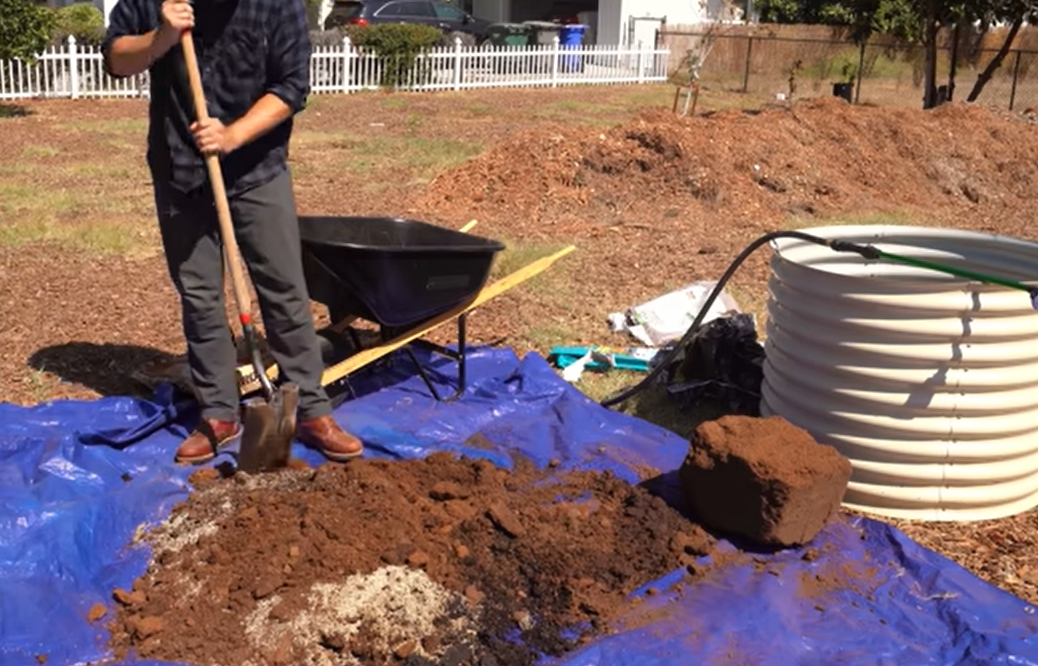
Filling the Bed: Techniques and Tips
When filling your bed, layer your soil and filler materials to ensure good aeration. A common method is to lay down a layer of gravel or sand at the bottom for drainage, followed by your soil mix. Ensure the soil is filled to the right depth, leaving enough space for mulching and watering.
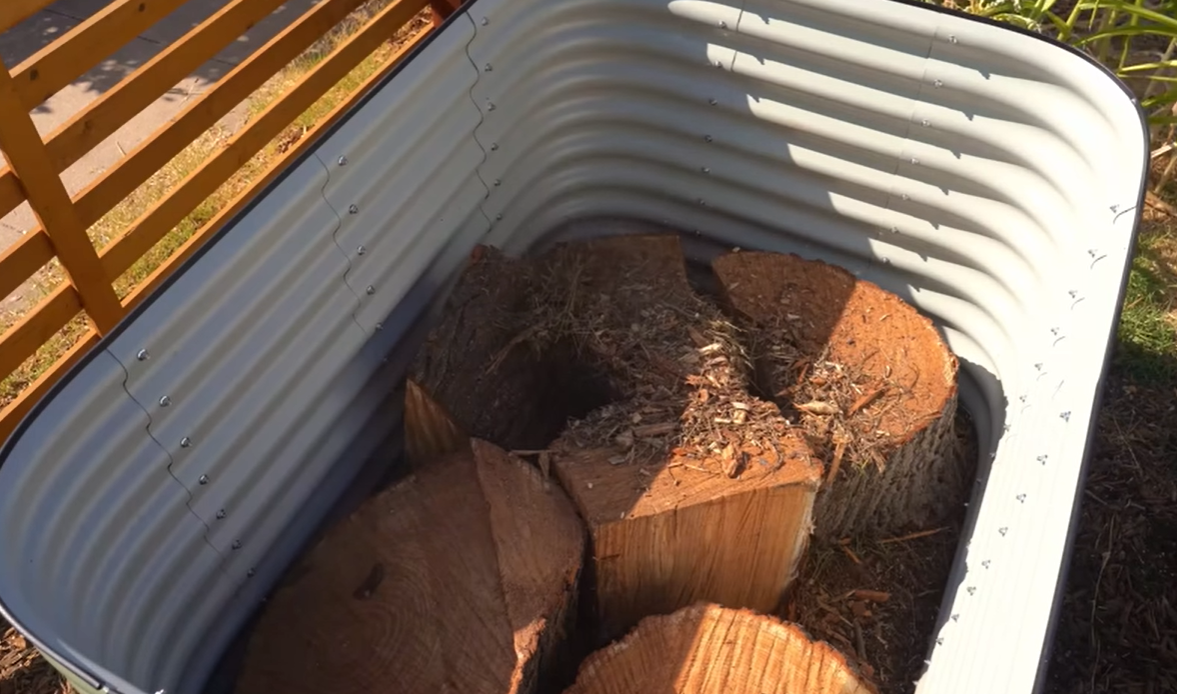
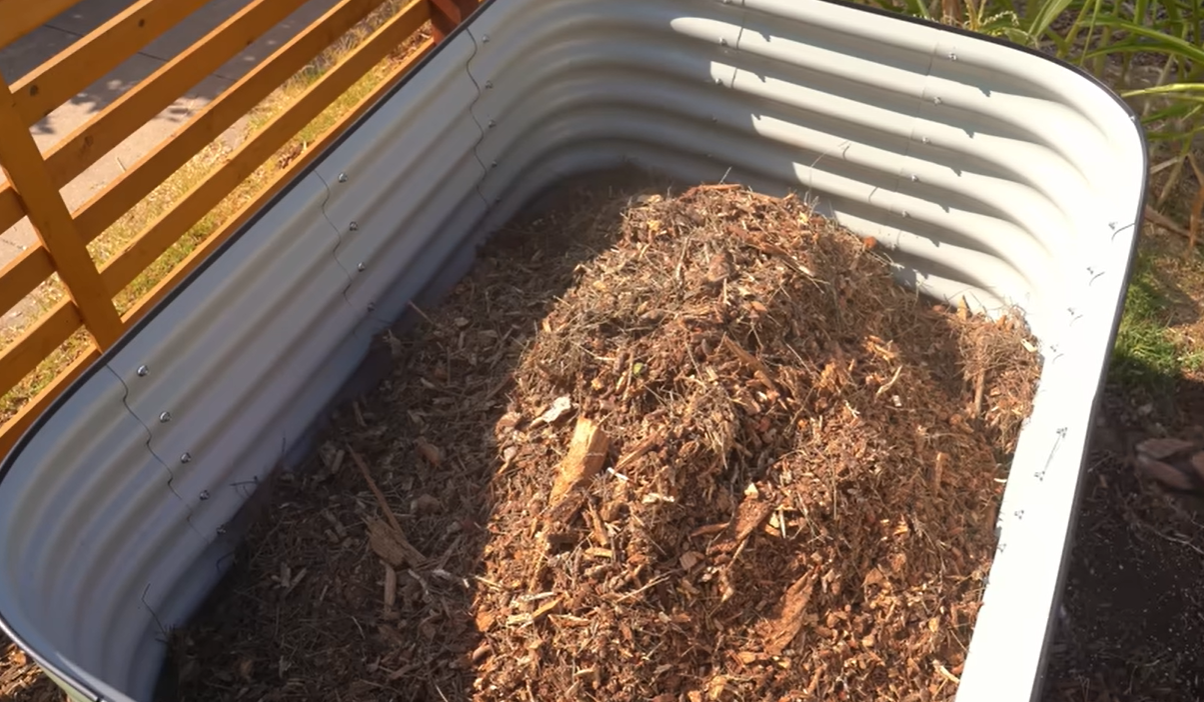
Fertilizing the Bed for Vibrant Growth
Fertilization is key to providing the necessary nutrients for plant growth. Choose between organic and synthetic fertilizers based on your gardening preferences. Organic options like compost and manure release nutrients slowly, while synthetic fertilizers offer a quick boost.
Plant Selection: Finding the Right Fit
Select plants that are well-suited for raised bed gardening. Consider the climate, space, and the specific needs of each plant. Native plants are often a good choice as they are adapted to local conditions and can be more resilient.
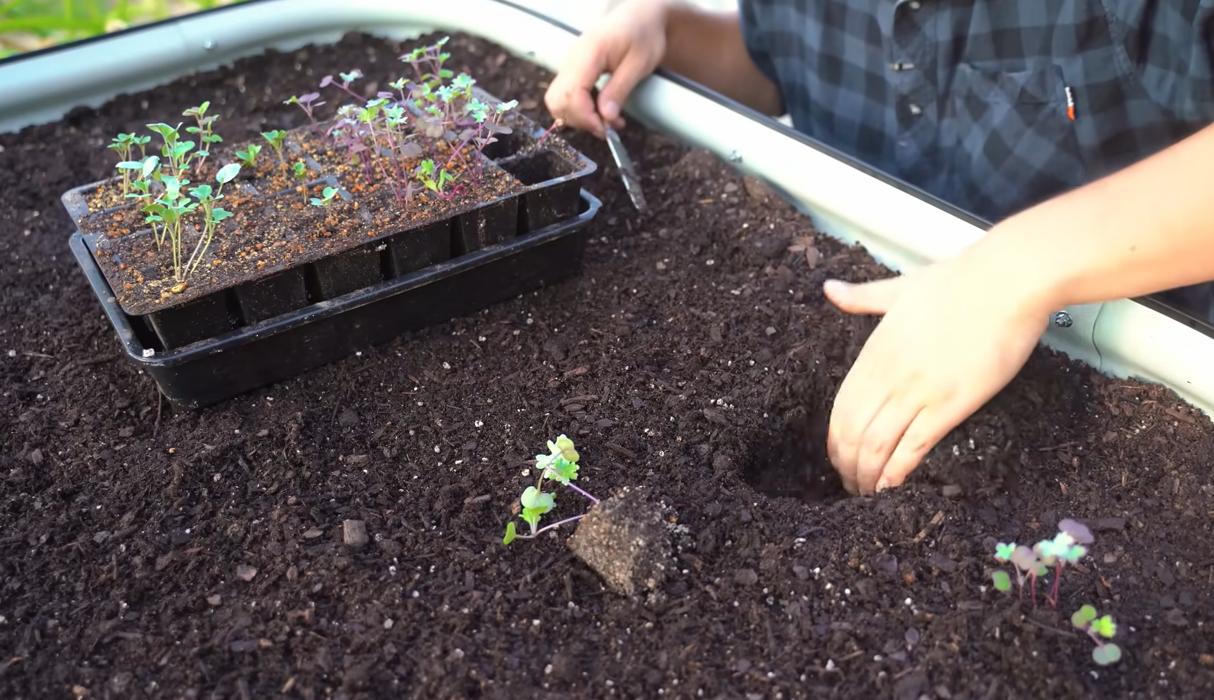
Plant Spacing for Optimal Growth
Proper spacing is crucial for plant health and yield. Overcrowding can lead to competition for nutrients and light, while too much space can result in inefficient use of the bed. Research the mature size of each plant to determine the appropriate spacing.
Planting in Your Raised Bed: A Detailed Process
When planting, prepare the plants by loosening the root ball and trimming any damaged roots. Plant at the same depth they were in their original containers, and water thoroughly after planting to settle the soil.
The Role of Mulching in Garden Health
Mulch plays a vital role in retaining moisture, suppressing weeds, and regulating soil temperature. Organic mulches like straw or wood chips also break down to add nutrients to the soil. Apply a layer 2-3 inches thick, keeping it a few inches away from plant stems to prevent rot.
Watering Your Raised Bed: Best Practices
Watering is essential for plant health. A thorough watering once or twice a week is generally sufficient, depending on weather conditions. Drip irrigation systems can be particularly effective in raised beds, delivering water directly to the root zone.
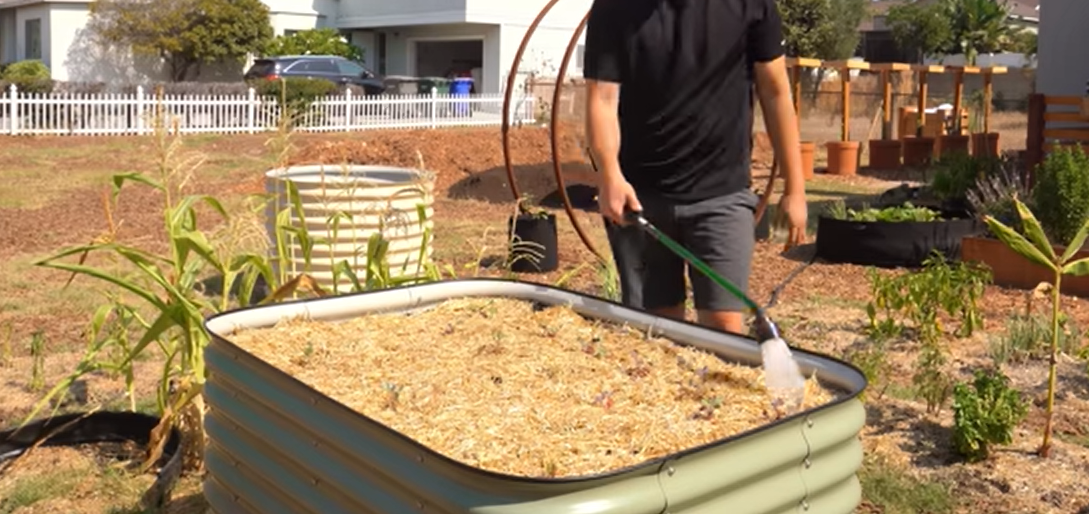
Protecting Your Bed: From Birds to Bunnies
Pests can be a challenge in raised bed gardens. Use netting or other barriers to protect your plants from birds and rabbits. Regular monitoring and prompt action can help keep pests under control.
Ongoing Maintenance and Seasonal Care
Regular maintenance is key to a successful garden. This includes checking for pests, watering, and replacing mulch as needed. Seasonal tasks such as pruning and fertilizing should also be incorporated into your routine.
Troubleshooting Common Raised Bed Challenges
Issues like pest infestations, nutrient deficiencies, and soil compaction can arise. Address these promptly by identifying the cause and applying appropriate solutions. For example, adding more organic matter can help alleviate compacted soil.
Conclusion: Thriving Toward a Successful Harvest
With careful planning and consistent care, your raised bed garden can be a bountiful source of fresh produce. Apply the steps outlined in this guide to create a thriving garden that brings joy and sustenance throughout the growing season.

